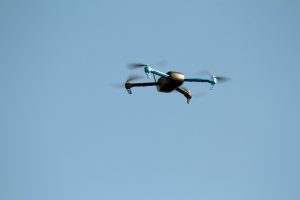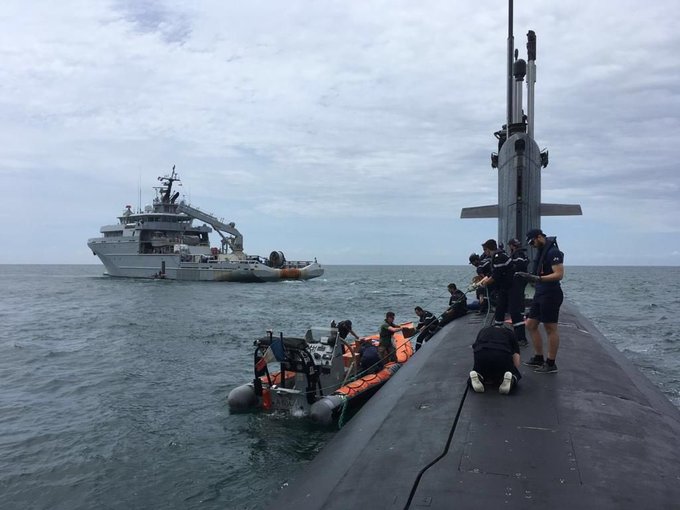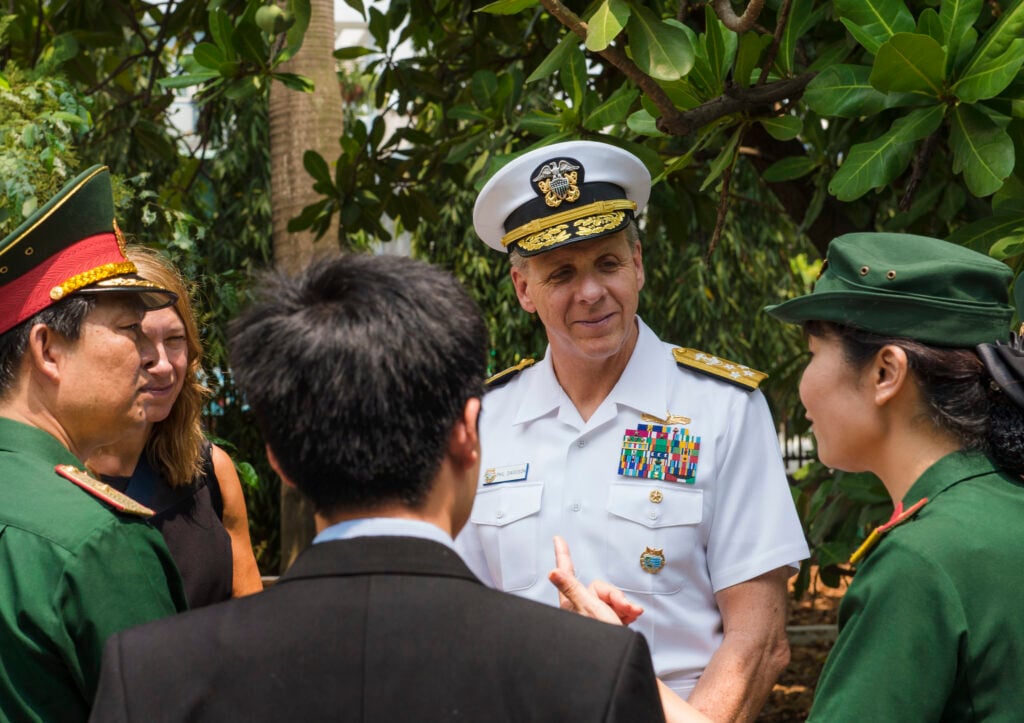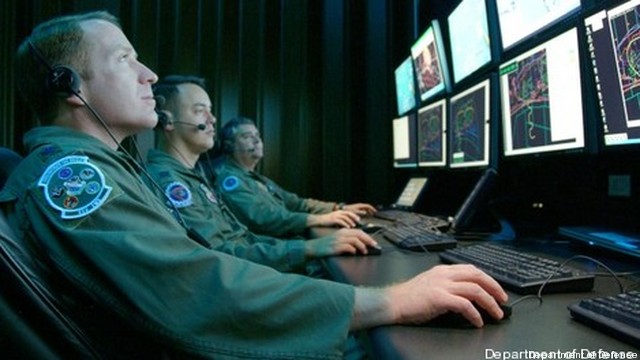BY MARK BOWDEN
Within the span of a few decades, the United States has utterly transformed its military, or at least the military that is actively fighting. This has taken place with little fanfare and little public scrutiny. But without any conscious plan, I have seen some of the evolution firsthand. One of my early books, Black Hawk Down, was about a disastrous U.S. Special Ops mission in Somalia. Another, Guests of the Ayatollah, about the Iran hostage crisis, detailed an abortive but pivotal Special Ops rescue mission. U.S. Special Operators were involved in the successful hunt for the drug lord Pablo Escobar, the subject of Killing Pablo, and they conducted the raid that ended the career of Osama bin Laden, the subject of The Finish. By seeking out dramatic military missions, I have chronicled the movement of Special Ops from the wings to center stage.
Big ships, strategic bombers, nuclear submarines, flaring missiles, mass armies—these still represent the conventional imagery of American power, and they absorb about 98 percent of the Pentagon’s budget. Special Ops forces, in contrast, are astonishingly small. And yet they are now responsible for much of the military’s on-the-ground engagement in real or potential trouble spots around the world. Special Ops is lodged today under the Special Operations Command, or SOCOM, a “combatant command” that reports directly to the secretary of defense. It has acquired its central role despite initially stiff resistance from the conventional military branches, and without most of us even noticing.
It happened out of necessity. We now live in an open-ended world of “competition short of conflict,” to use a phrase from military doctrine. “There’s the continuum of absolute peace, which has never existed on the planet, up to toe-to-toe full-scale warfare,” General Raymond A. “Tony” Thomas, a former head of SOCOM, told me last year. “Then there’s that difficult in-between space.”
















/cloudfront-us-east-1.images.arcpublishing.com/mco/4SZJ2BISB5DWPLWWJYHQTPRGQU.JPG)